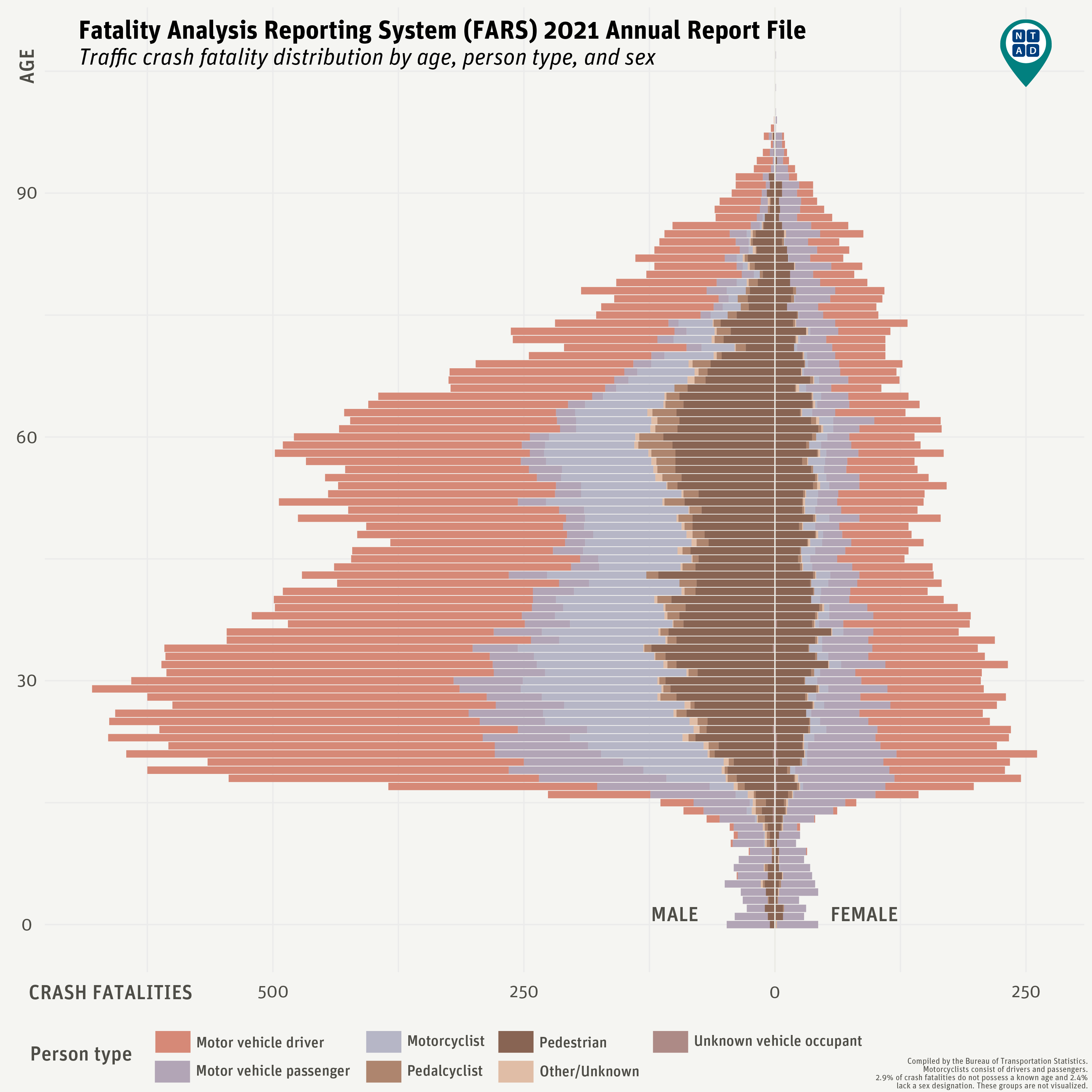BTS Updates Datasets to National Transportation Atlas Database
The U.S. Department of Transportation’s Bureau of Transportation Statistics today released its spring 2023 update to the National Transportation Atlas Database (NTAD), a set of nationwide geographic databases of transportation facilities, networks, and associated infrastructure.
The updated layers in this release include:
- 118th Congressional Districts – attributes updated weekly;
- Alternative Fueling Stations – updated daily;
- Nonattainment Areas;
- Aviation Facilities – updated monthly;
- National Parks;
- Inland Electronic Navigational Charts (IENC);
- Dams;
- Military Bases;
- 2022 Aggregated Airline Traffic Data by Origin and Destination;
- National Transit Map Stops;
- National Transit Map Routes;
- National Transit Map Agencies;
- North American Rail Network Lines;
- North American Rail Network Nodes;
- Railroad Grade Crossings;
- Fatality Analysis Reporting System (FARS) data;
- Highway Traffic Fatalities: 2021 Annual Report File (ARF)
- Highway Traffic Fatalities: 2020 Final File

The Fatality Analysis Reporting System (FARS) 2021 Annual Report File (ARF) data was released on April 3rd, 2023. This dataset contains comprehensive records for fatal motor vehicle traffic crashes and is compiled by the National Highway Traffic Safety Administration (NHTSA) at the U.S. Department of Transportation. Motor vehicle drivers account for half of traffic crash fatalities followed by motor vehicle passengers at 15%, motorcyclists at 14% and pedestrians at 17%. The remaining traffic crash fatalities are composed of pedalcyclists, other/unknown, and unknown vehicle occupants.
About the National Transportation Atlas Database (NTAD)
NTAD data is available for download in comma separated values (CSV), Keyhole Markup Language (KML), and shapefile formats through the BTS Geospatial Data Catalog. Additionally, Open Geospatial Consortium (OGC) standard Web Feature Services (WFS) and Web Mapping Services (WMS) are available for all NTAD datasets, here and here. Also available are optimized services for fast rendering of full NTAD datasets and vector tile services for 13 of the largest NTAD datasets. These faster services are designated in NTAD by service names ending in “DS” for each layer and “VT” for the vector tiles services.
BTS now uses a dynamic NTAD publication cycle, with updated data released throughout the year as they become available from their respective government agencies. Follow BTS on Twitter, LinkedIn, and Instagram or subscribe to email updates for announcements of additional dataset releases throughout the year.
Contacts
Media: BTSNews@dot.gov.
Technical: Dominic Menegus: (202) 366-8717 or ntad@dot.gov.
